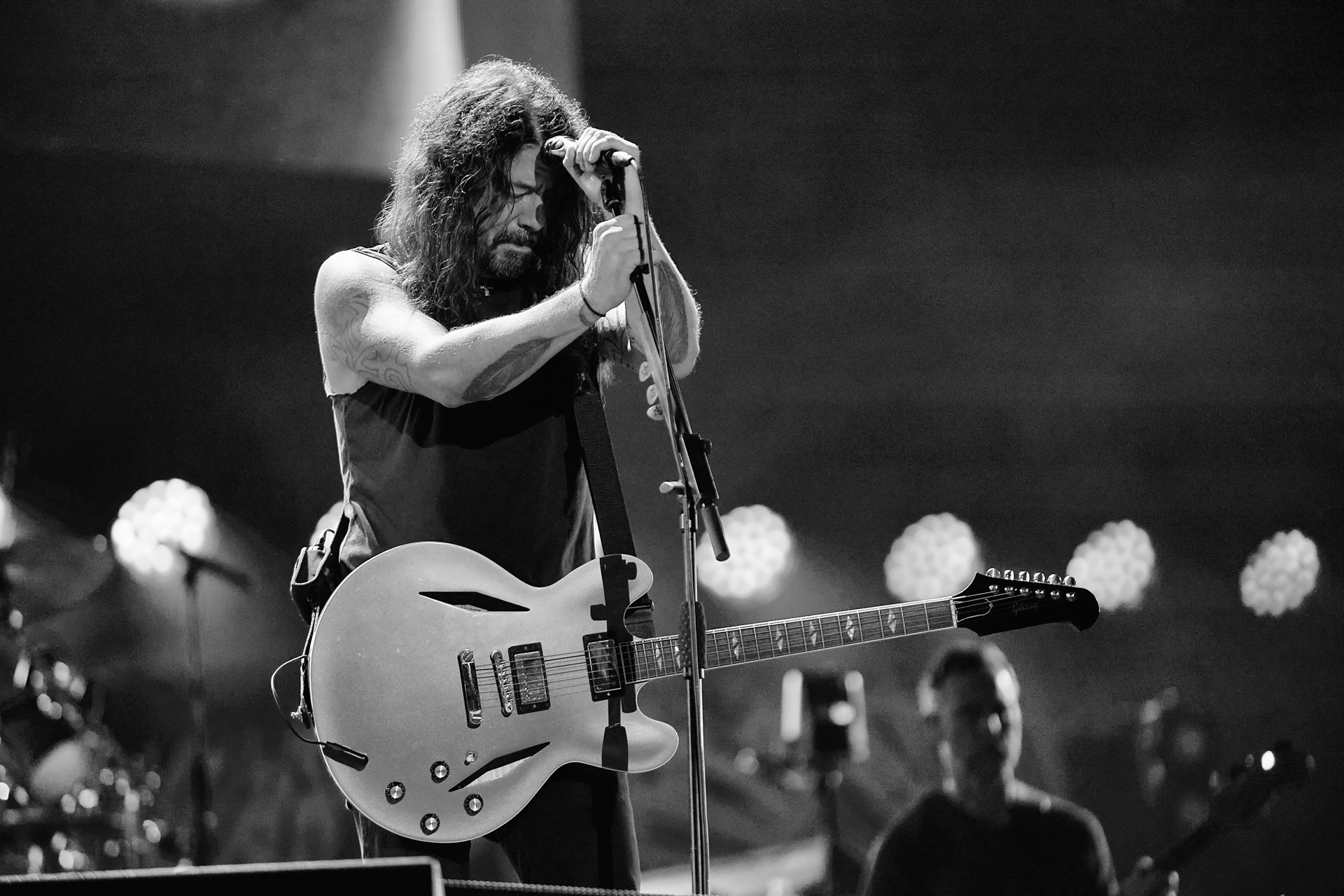
Scarlett Page is one of the featured speakers at The Photography & Video Show next month, taking place March 16-19 at the NEC in Birmingham England.
For the first 15 years of her life as a music photographer, Scarlet Page succeeded in making her mark without, as she says, “using my dad’s name to get on.” So adept had she become at keeping the name of her famous father to herself, that the picture editor of The Sunday Times commissioned her to shoot him without making the family connection.
That man is legendary Led Zeppelin guitarist and founder Jimmy Page. Scarlet has now chalked up nearly 30 years photographing rock stars, including her father’s contemporaries. Many feature in her book and exhibition Resonators, a collection of guitar heroes including Paul McCartney, Mark Knopfler, Peter Green, Brian May and Jeff Beck to name but a few.
Naturally, I ask her if being the daughter of Jimmy Page has been a help or hindrance. Quickly, she answers: “I never went in there saying, ‘Oh, do you know who I am?’ It’s really not my thing. The only time that I did present myself as my dad’s daughter was when I was doing the Resonators project because it was
a way of introducing myself, and saying: ‘I’ve been a photographer for this long and, also, this is my father.' I shot him almost last in the project as I wanted to do everyone first.”
In every other respect, Scarlet’s life as a photographer has followed the typical path of learning the craft the hard way, starting with a year as an assistant to Ross Halfin…
I interviewed Ross for N-Photo (issue 109, April 2020). What was it like training under him?
I worked with him as an assistant, straight out of uni, for just over a year. It was when there was a lot of money in the music business, so a lot of flying around to amazing places, lots of cool new bands like The Smashing Pumpkins and Soundgarden. It was brilliant. He works really hard and what I learned was how to set things up, simply but quickly, and how to get the best out of any scenario. There was lots of heavy lugging, setting up the medium format cameras and lighting. It was hard work.
A good, hands-on apprenticeship…
It was. I didn’t want to go into music photography at that point, but I used to shoot the gigs when he was shooting because, apart from loading film backs, there wasn’t much else to do. I syndicated some of those images and one of them landed on the back cover of a magazine. They started giving me work, so it was a natural progression.

Ross said to me: “I always look at musicians like this: they’re like five-year-olds who don’t want to go to bed!” What’s your reaction?
I think Ross and I have very different takes on how we do things, and how we treat our subjects, and that’s what makes every photographer unique. He’s as much of a rock star as many of his musicians, I guess. So maybe he’s like a five-year-old too!
Ha! And, of course, he has photographed your dad…
Yes, he has.
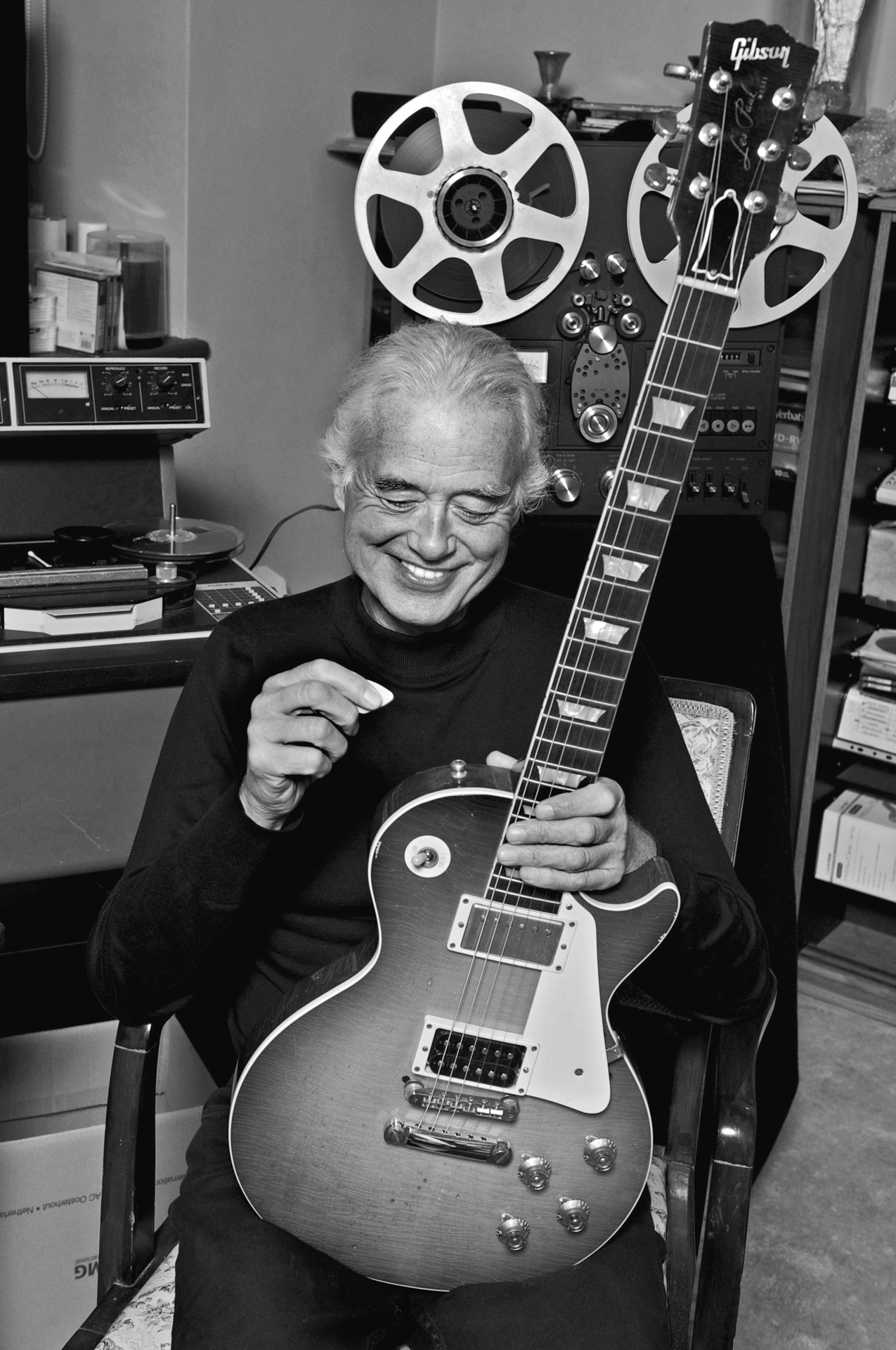
He has pictures of him smiling, which he said is something that Jimmy doesn’t like. Is that true?
I’ve definitely got some smiling ones but it’s different for me shooting my dad because I’m shooting my dad! He is still famous as Jimmy Page,
but there is always that fine balance between photographing your dad and someone everyone knows as someone else. So, it’s always nice to capture something that isn’t the obvious. It’s like any portraiture – it’s always lovely to get something that isn’t a snap, it goes a bit deeper. Actually, he does laugh in photos!

Do results hinge on how helpful artists are in your time together?
When I did Resonators, where I photographed as many guitarists as I could, I was very aware that they didn’t have to be doing this. Yeah, it was my project and it was amazing that they were granting me access, so I would go into shoots thinking, ‘they don’t want this to go on for ages, we want to make it as quick and easy as possible, but come away with what I need’.
Photographing Paul McCartney I took nine frames, and that was all the time that I was going to get, but I was still so grateful that could happen. I’d built a whole trip to Los Angeles based on the possibility that the Paul McCartney shoot might happen, so it was a bit of a gamble, but it paid off.
Do you ever feel intimidated when you’re working with the stars?
I think having grown up in that sort of world I feel less intimidated. It’s not that I’m not affected by fame, but I’m not impressed by it in the same way. The only time that it did affect me was when I shot Duran Duran, because they were on my wall when I was 14! That’s a different thing because it takes you to that place where you were just so in love with them as a band.
That feeling was a one-off…
As I’ve got older, I’ve realized I’ve always been quite professional in my approach and not so fanatical. I always show up to any job that I do feeling slightly apprehensive, but I always keep myself in check to make sure that I do a great job, whoever it is. I was asked by David Bowie’s people to shoot him, and it was nerve-wracking, but in a different way. It’s just that policy of professionalism, making sure that you can honor them and do right by them.
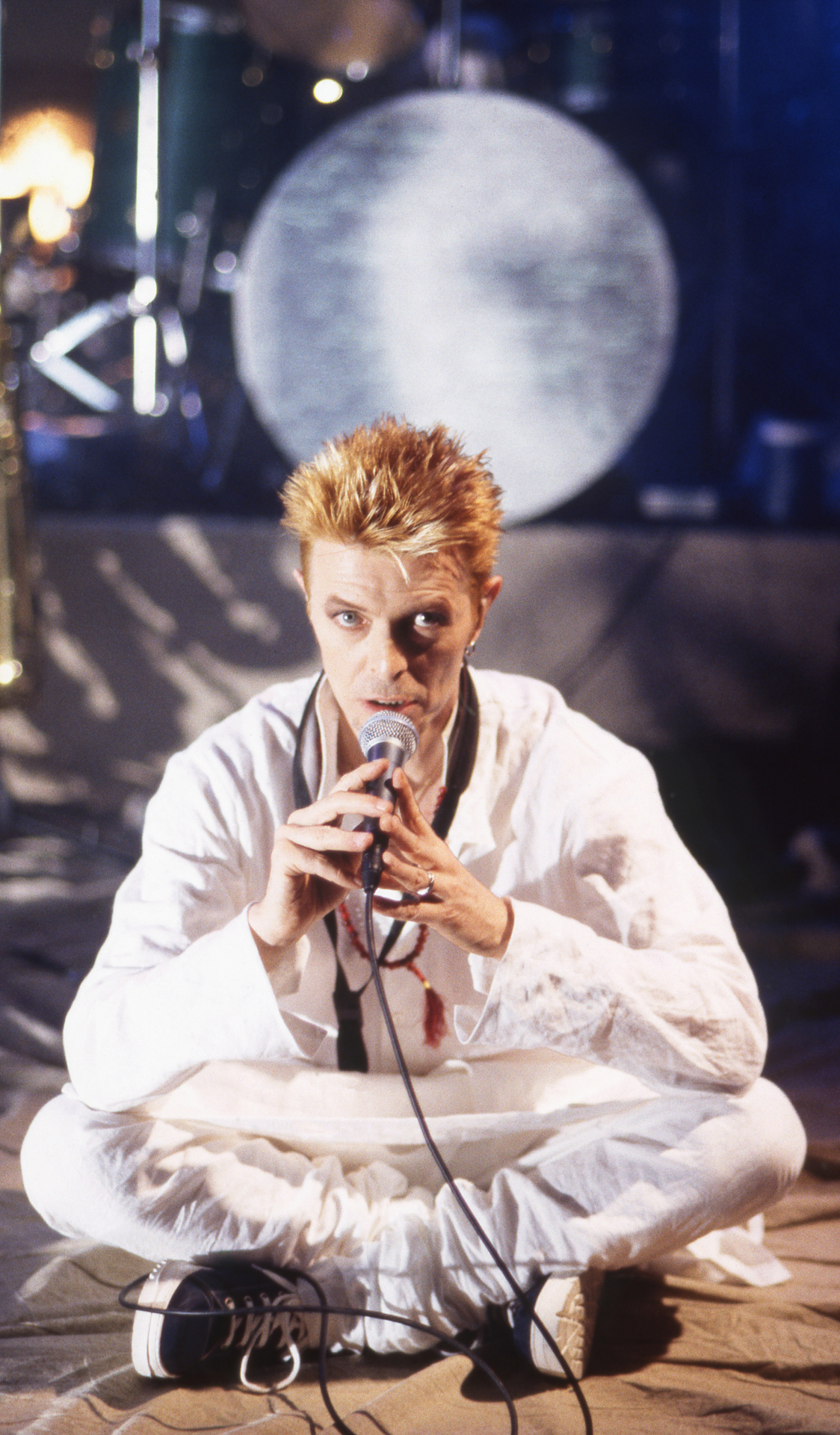
Bowie was like a chameleon, always changing personas, so what persona was he adopting when you photographed him?
Well, he was being himself. I work with a band called Placebo, and he was quite close to them at that time, and it was just coming up to his 50th birthday. It was the late '90s and he’d seen the work I had done with Placebo and requested me to photograph rehearsals for his 50th birthday tour. He was playing a special show at the Hanover Grand, in London. It was quite surreal, he said, "Do whatever you want to do," which is quite a weird position to be in, a little bit daunting. They were rehearsing but I could set up on the stage, and set up lights on the stage.
It’s nice to know he gave you freedom to shoot what you like.
Yeah, totally. And that’s very much how I think David Bowie was: always very respectful of other artists, a real gentleman. That was what was most unnerving: how respectful he was. That was like, "Now I really have to do a good job!"
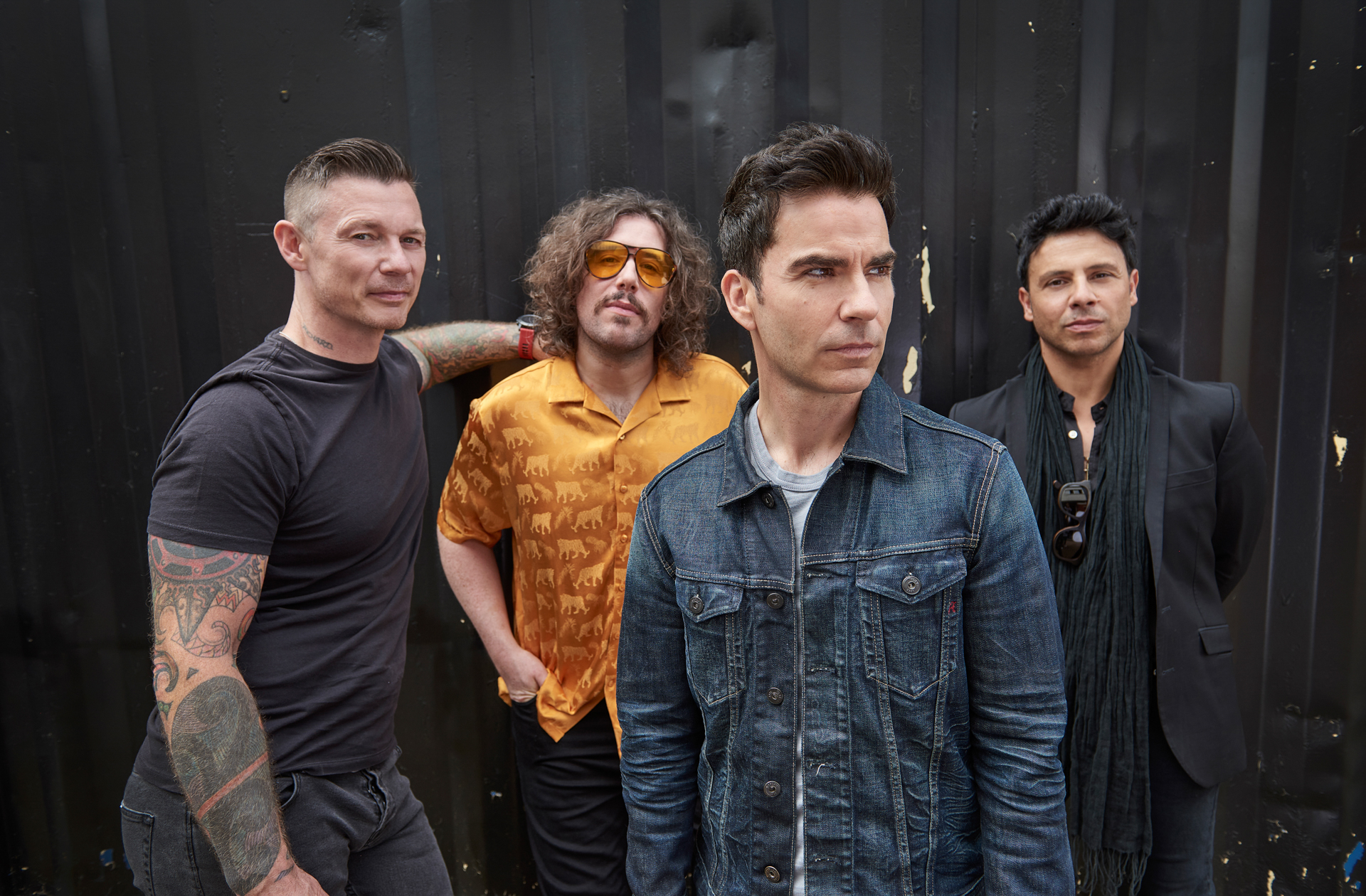
Do you still shoot film?
I don’t shoot film any more. I still have all my film cameras, and there is a real trend to shoot film now.
You’re not tempted to go back?
It’s just a question of time. I always like doing projects. Even in lockdown I managed to do a project called Buddy, which kept me sane, and I would love to do a film project. I’ve always been a bit reluctant to do a book of the pictures that I’ve taken, but now that it is nearly 30 years of having been a photographer, I feel it makes sense. It wouldn’t just be me blowing my own trumpet. I’ve got a chunk of brilliant images that I’d love to put together.
Your first book, Resonators, was seven years ago. Chrissie Hynde is in there, but was she the only female guitarist in the book?
Oh, I did try. It wasn’t that straightforward. If you Google top 100 guitarists of all time, there are not many females that show up, but I wanted to represent more women in the project. Bonnie Raitt was going to do it, but it didn’t work out. Viv Abertine, I was desperate to shoot, but she wasn’t available. Now, there’s people such as St Vincent or Courtney Barnett that I would have chased hard to be in the book.
Who are you shooting mostly now?
It’s been great to photograph more women, and I still photograph bands. I just did the Taylor Hawkins tribute in London, which was incredible. I work a lot with Stereophonics and Placebo. I just love shooting people. It doesn’t matter who they are. When I shoot subjects that enrich me, I always learn something new, and that’s where I get my kicks.



Your Alpha project, shot on a Nikon D810, has incredible portraits. How was the shoot?
It was part of a collective for CALM (Campaign Against Living Miserably). I think there were five of us all contributing and doing things in our own way. I photographed six people, three were well-known, (Professor Green, Gary Numan, Frank Turner) and three were other guys who had been through a difficult time at some point, and I just wanted to keep it simple. But instead of my 85mm, I used a Lensbaby.
What was that like to work with?
God, the older you get… and the focusing! It’s like using mini bellows, but I thought it would add something to it, and I don’t use that lens very often, but I thought it might be quite interesting. I was pleased with the results.
Has it always been Nikon for you?
Yes, it has. My first camera was a Nikon FM2. I remember meeting Robert Whitaker, who photographed The Beatles. He was a friend of my mum, and photographed her in the 1960s, and seeing his old cameras was like a treasure trove. I don’t know which one he had but they were definitely old Nikons. So, I started with my FM2. There were a few lenses knocking about the house, which I borrowed, I think they were my dad’s. He had an 8mm, a real bulbous thing which I played with a bit, and a 24mm, all manual focus.
So, Jimmy was a Nikon user?
Yeah, he was, but I couldn’t find a body! There were some lenses knocking around and a 16mm film camera which I made a couple of music videos on as well, but that’s not my bag. It’s such a different thing to being a photographer where you take the pictures, edit them, everyone’s happy, the end. Whereas with video everyone is getting involved, and putting their oar in! After the FM2 I went to an F3, then F4, D2X, D3 and then the D810 for quite a while.
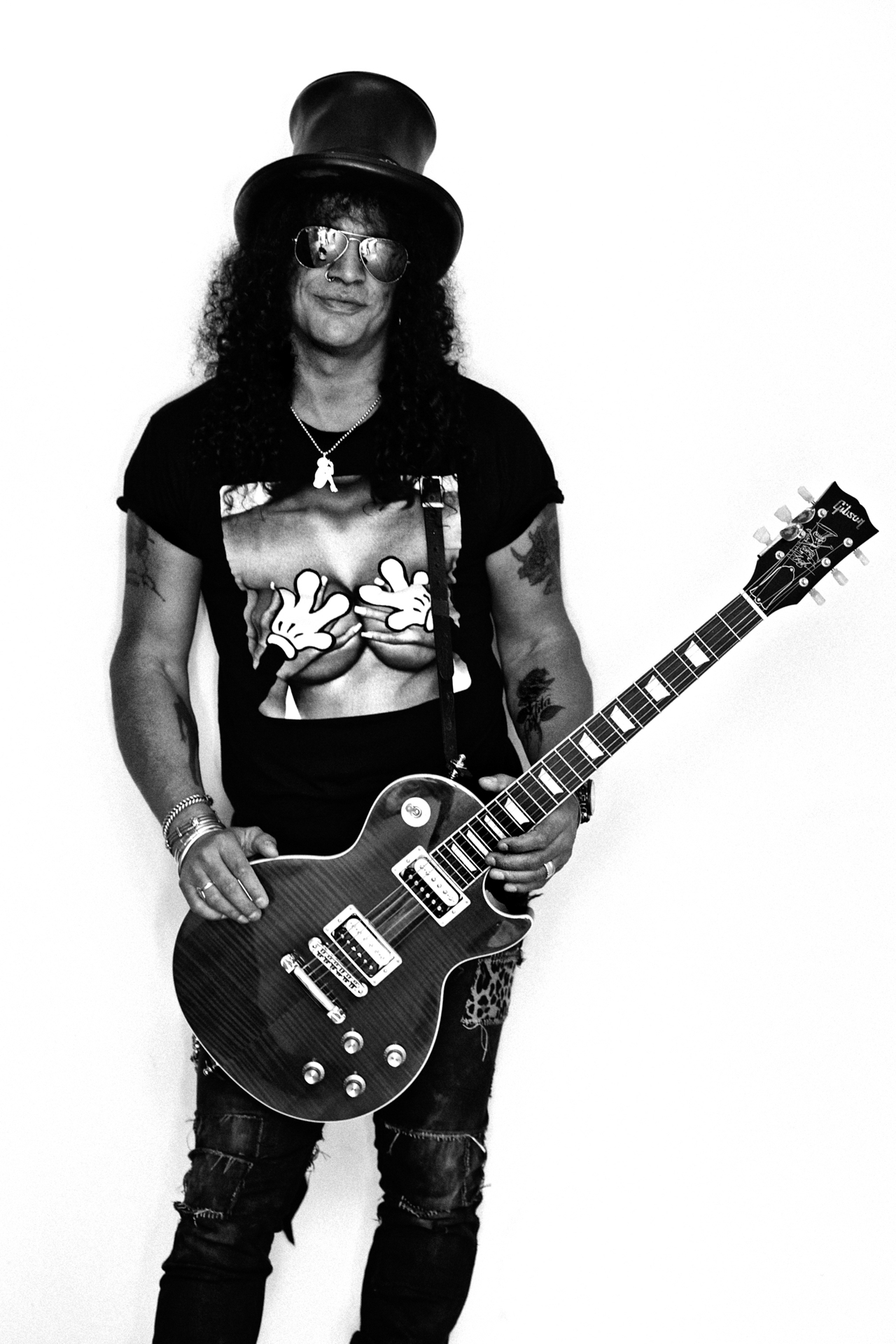
And now you have a Z9, what’s it like to use as a pro photographer?
I’m such a good photographer with it! It makes me so amazing, it’s just brilliant. For such a long time, I hadn’t upgraded anything and I was quite happy with what I had, and a really old 85mm lens that I would use all the time. It’s not until you upgrade that you say, "Wow, this is so much easier, and I’m not missing a trick and everything is so sharp it’s just incredible." I’m so glad that I got it.
Upgrading to mirrorless from a D810 was quite a shift?
I was a bit reluctant and I didn’t want to have one that felt like a toy. It needed to feel the same, but I had noticed when I shot a gig earlier in the year, before I got the Z9, that I was missing the action and having to overshoot to get what I needed, whereas now it’s just so different.
I’ve loved my D810 and my 85mm lens, but I’m appreciating the Z9.
Where else has the Z9 been an improvement for your profession?
I had to do a shoot the other day for an old friend, Fil Eisler, he’s a composer and writes film scores. He was recording at Air Studios, and previously I’ve had to hire a blimp to make the camera silent, but this time I was using the Z9, and it was a bit surreal to snap away while they were recording, The Z9 was so quiet on the film set, it was incredible.
What lenses are you using with the Z9? Are they mainly zooms?
I’ve got a 24-70mm, 70-200mm, and a 14-24mm.

So, you have every option covered to enable you to achieve results?
Well, I need the 85mm. That’s what I need. I’ve never shot portraits with a 50mm, but a lot of people are telling me that the 50mm f/1.2 is incredible.
It sounds like you have been wedded to the 85mm for quite a while. Has it always been your preferred portrait lens?
I have always had the 24-70mm and 70-200mm to do events or gigs. That’s the staple. The 14-24mm is just a bit of a luxury, say in live scenarios, to capture just a bit more, but if I am doing portraits I will revert to the 85mm. Like you say, I’ve been married to it. It doesn’t feel right if I’m doing it on the 24-70mm. It’s got to feel right, it’s all down to the weight.
You are equally at ease with colour and black-and-white, but at what point do you choose to make it black-and-white?
Well, sometimes the color looks a bit crap! Sometimes, I just think this is going to work in black-and-white, or if I want it to have that timeless feel. There’s a picture that I took at the Taylor Hawkins tribute concert where Dave Grohl is singing a very stripped-down version of Times Like These. He was very emotional and I think that it is quite a poignant image. Originally, it was used by the press in color, but then I made it into black-and-white, and I think that takes it into a different dimension of timelessness, like a classic.
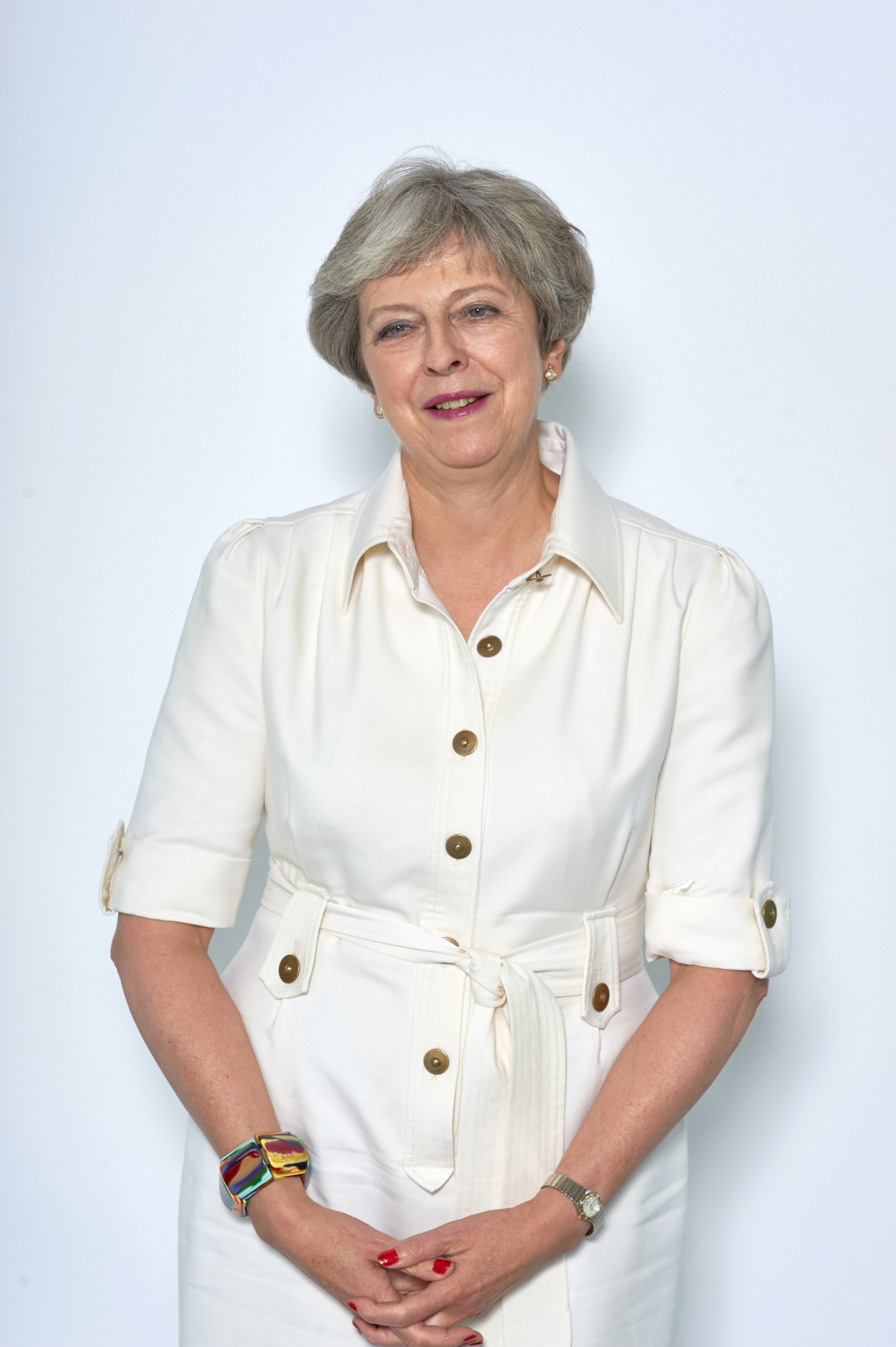
There is a portrait on your website of Theresa May. She’s hardly a rock star, so what’s the story?
I photograph every year the Henley Literary Festival and she was there. I did think I got quite a nice image of her. I was like, "Wow, she would have to be happy with that one!" The Henley Literary Festival is a brilliant family-run event, quite local to me, and it’s great to be part of a team. It’s nine very intense days where it’s like shooting a wedding every day for nine days, but you meet the most amazing people.
This year, there was Olivia Harrison one day and Patti Boyd the next. Again, it’s one of those Paul McCartney situations where I’m taking some pictures in front of a step, and repeat, but I’ve always thought it will make me happier if I can do some portraits, as well. I’m not a Theresa May fan, but I think it shows my finesse as a photographer!

A different dimension of timelessness, yes?
I sell prints as well and quite often the black-and-white images have that sort of otherworldly feel. For example, I did some pictures of Amy Winehouse and I didn’t think too much of them. It was capturing her at a time when she was really happy, just before there was a shift, and when I made the image into a black-and-white, it gained so much attention. It was shot on my D2X in early RAW days, and it’s certainly not the most incredible quality, but it’s all about capturing and evoking feelings in other people, isn’t it? And somehow black-and-white photographs tend to do that.
With 30 years as a photographer, what is your best advice for someone wanting to become a portrait photographer?
I think you have to be quite diverse and show your enthusiasm. I feel that younger people of the now are quite bad at communication in that sort of old-fashioned way that we did. When I was assisting, I would always be thinking ahead of the game and what I can do, so you have to show willing and show your enthusiasm. And work on your personal projects! That’s the big one because most of the interesting things I’ve ever done I have set out to do myself, and they are always a great talking point that could lead to other possibilities.
Yes, they can bring opportunities that wouldn’t have come your way?
Absolutely, that’s it, and having a bit of a plan. I’m a terrible business person, I just love taking pictures. I really love what I do but I could have done with having gone to business school. Creatives are usually pretty crap on that side of things!
This interview first appeared in N-Photo magazine. Scarlet is a headline speaker at The Photography & Video Show. You can find out about his talks at the Show website, and you can get 20% off tickets with our exclusive discount code.
You might be interested in the best Nikon cameras along with the best Nikon lenses – and particularly the best Nikon Z lenses designed for its mirrorless cameras.







